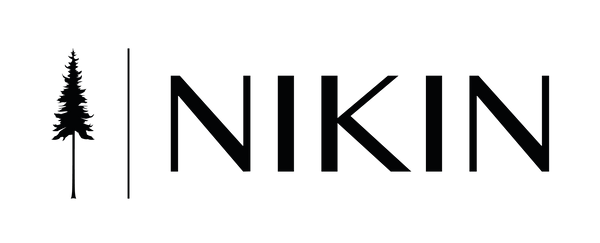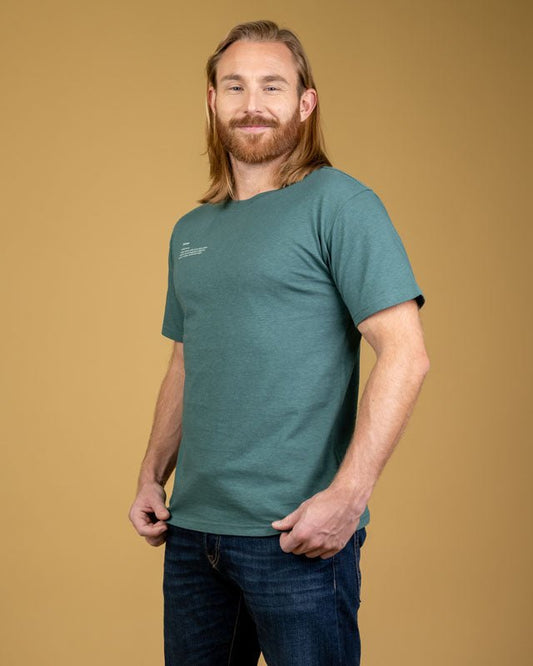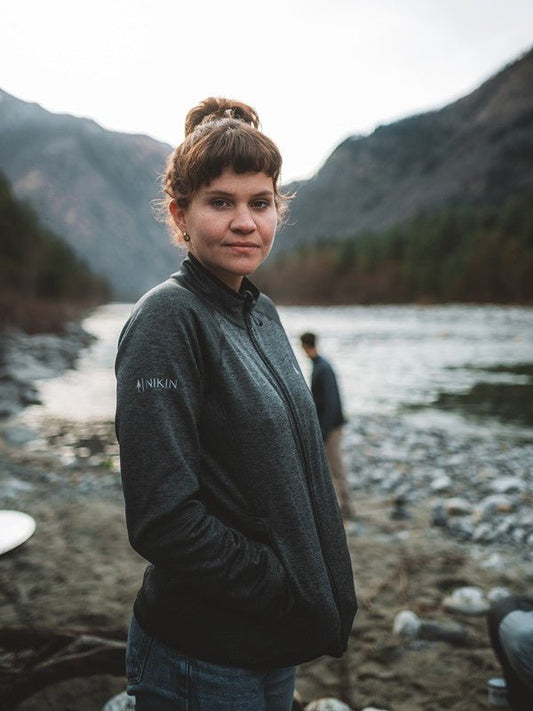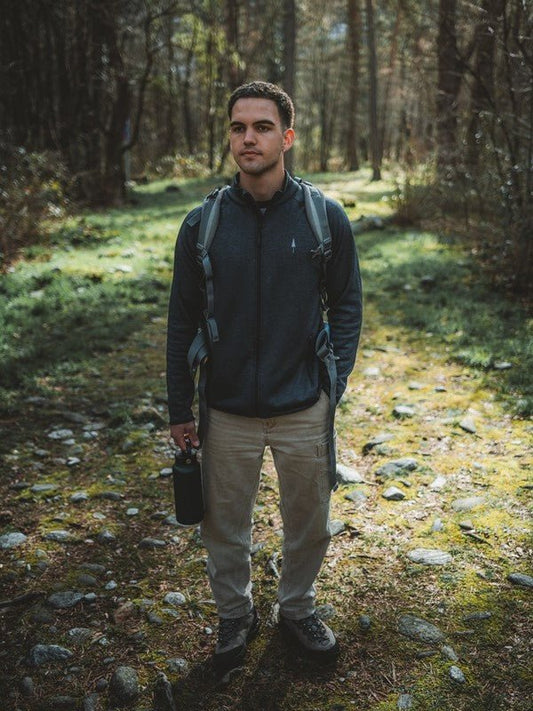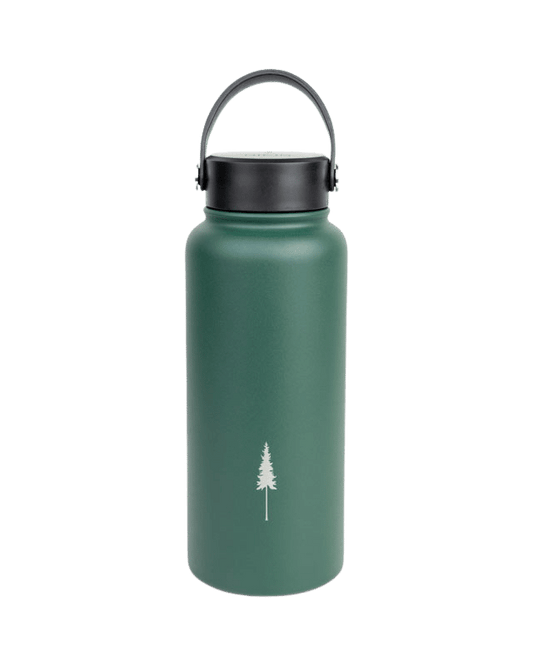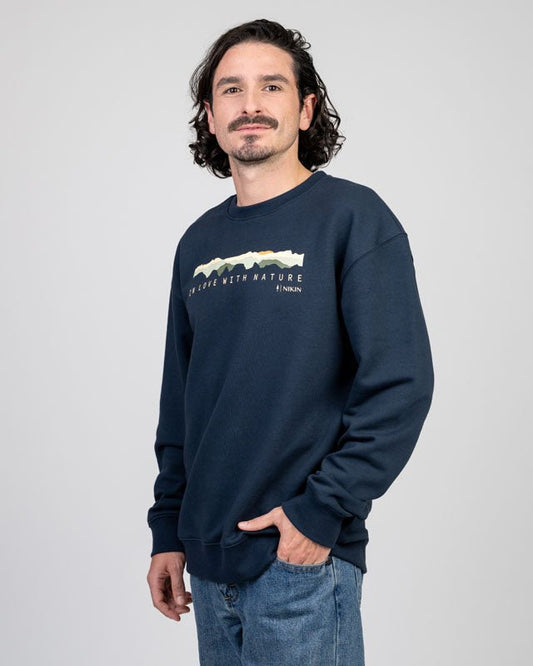In the current economic system, we use raw materials, process them and then throw the products away. In a circular model, on the other hand, the aim is to create a cycle that is as efficient as possible. Recycling is often mentioned in this context. However, according to Prof. Dr. Tobias Stucki, the implementation of the circular economy involves much more.
This month we would like to talk about the circular economy. The reason is our current Reuse Collection. Research lecturer in the field of sustainability at the Bern University of Applied Sciences Prof. Dr. Tobias Stucki explains more about the circular economic model to us in an interview.
NIKIN: What is wrong with the current economic system?
Tobias: The often scarce resources are not used efficiently. The best example: mass production of articles that consumers use only once and then throw away.
NIKIN: In other words, we should recycle more?
Tobias: Yes and no. Recycling is the final stage of the classic circular economy. Processing materials costs time, money and energy. In that sense, recycling is a stopgap measure. We should use materials efficiently and, above all, for a long time. In other words, repair the bicycle instead of recycling it.

NIKIN: Are profit and economic growth also possible in a circular economy?
Tobias: Yes, numerous examples prove that. If the customers use the products longer and thus consume less, the companies have to increase their prices or adapt their business model by increasingly renting out the products instead of selling them.
NIKIN: How realistic is a majority circular economy anyway?
Tobias: The circular economy is not a state that can simply be achieved with a few adjustments. Rather, the transformation to a circular economy can be compared to a mountain tour. The circular economy is the summit, the goal. To get there, we still have to walk a few kilometres. It is important that everyone starts to approach this goal step by step. Companies start with a product, for example, and make it recyclable. Then they turn to the topic of energy mix and so next.
NIKIN: But many companies seem to have never heard of the circular economy...
Tobias: Not only the companies. Society as a whole is still in its infancy on this topic. We are now discussing the topic more, but many do not know how this concept can be implemented concretely in their company or at home.

NIKIN: What role does education play in this topic?
Tobias: We did a study for the FOEN to see what the hurdles are in implementing a circular economy. One of the key hurdles: there is often a lack of implementation knowledge. It seems to be less a technical and more an organisational problem. We at the Bern University of Applied Sciences also see ourselves as having a responsibility in this regard. In addition to modules in teaching, we have therefore developed a new specialised course Circular Economy, where this implementation knowledge is to be explicitly created.
NIKIN: Who has the greatest responsibility to promote the circular economy? Consumers, manufacturers or the state?
Tobias: When it comes to global issues like sustainability, the responsibility is shared. If we want to achieve our climate goals, it is not enough to pass the buck back and forth. Rather, all actors must start to exploit their options as best they can.
Portrait Prof. Dr Tobias Stucki
After classical studies in economics and a PhD in entrepreneurship, the topic of sustainability already came up for Tobias during his work in innovation research at ETH. For more than 10 years, he has been dealing with questions on sustainable innovations and the circular economy.

